Match Cuts for Creative Structure
The last stationary camera shot we’re going to look at is called a Match Cut. I’m including this shot although it’s not often used. Why? Because I think novelists could find a number of places in their scenes where a Match Cut would be quite effective. A Match Cut is a cut in film editing between either two different objects, two different spaces, or two different compositions in which an object in the two shots graphically match, often helping to establish a strong continuity of action and linking the two shots metaphorically.
Some Famous Match Cuts in Films
The most famous example used to describe a Match Cut is the scene in the beginning of the movie 2001: A Space Odyssey, in which an ape throws a bone into the air after discovering its potential as a weapon , which then turns end over end. The Match Cut replaces the bone with a much more advanced weapon: an orbiting nuclear weapons satellite.
A Match Cut occurs at the end of Alfred Hitchcock’s North by Northwest. As Cary Grant pulls Eva Marie Saint up from Mount Rushmore, the cut then goes to him pulling her up to his bunk on the train. The Match Cut here jumps past the courting, the marriage proposal, and the actual marriage of the two characters who, for much of the film, had been adversaries.
Using a Match Cut in a Novel
Let’s say you have a scene where a man is in a jewelry store picking out a engagement ring. You could have the scene end with him holding up the ring and declaring this is the one. Then, with a scene break, you could create a Match Cut effect by opening with his fiancée holding the same ring up, pulling back to show her with her best friend as she gushes over the ring.
In Bryan Litfin’s fantasy novel The Gift, he uses a Match Cut in a creative way. The scene opens with Ana at a creek with two others. A snake suddenly wraps around her ankle and yanks her into the water, and for some reason, the couple she is with abandon her as she cries for help.
The water was up to Ana’s chin now. She tried to keep herself afloat, but it was no use. The tightness around her chest stifled her breath. Ana threw her head back to keep her mouth above the water.
“No! Please! I want to go with you! Help me!”
The man and woman disappeared into the forest. Murky water closed over Ana’s head.
She shrieked with all her strength.
It was dark. Every sense was alive, yet Ana understood nothing. She panted with quick, shallow breaths. Her heart raced. She clutched cloths in her hands.
Where am I?
Slowly awareness of her surroundings returned. She was sitting up in bed. The sheets were twisted around her ankles.
The door burst open “Anastasia! Are you okay?” It was Vanita.
“I’m—I’m—” Ana wasn’t she what she was.
“Oh, honey, you had a terrible nightmare!”
Litfin uses this creative technique nicely, shifting Ana out of her nightmare and into wakefulness with the Match Cut—first showing the snake wrapped around her ankles, then cutting to the sheets wrapped around her. Much nicer than just saying, “Ana jerked awake. Oh, she was only having a nightmare!”
Use Match Cuts with Symbols and Motifs
Think about the metaphors or motifs you may be using in your novel. A powerful way to drive home the symbolism of a metaphor is to use a Match Cut. If a dark forest and scary trees symbolize fear in a horror story, and the character always feels the trees are watching her, why not do a Match Cut from a dark tree that startles your character to the real scary guy hiding behind her house, who is tall and in the dark could be mistaken for a tree? It might go something like this:
Trudy pulled her coat up tight against her neck, the imposing trees lining the abandoned lane towering over her, their spindly arms extended as if reaching to grab her.
She broke into a run, barely able to see in the dim light of the sliver of moonlight. Her breath stuck in her throat as she tripped over roots pushing up through the cracks in the old asphalt, then righted herself and pushed on, the trees watching, listening, waiting . . .
He stood behind the shed in the dark, watching, listening, waiting—just another shadow among the trees. He heard her coming and stretched out his arms, ready to grab her. Any moment now . . .
Even though this isn’t an exact Match Cut, you get the idea. In a novel you can play up motifs and metaphors in ways film can’t. This is where the beauty of words can sometimes evoke more than a visual image can. Later, we’ll be looking at how to use camera shots in a figurative, conceptual sense rather than a strictly visual one. And what I hope you will come to realize as we look deeper into these cinematic secrets is that words can sometimes show more than a film can, in many ways.
And next week, Cut To: Moving Shots.
This week, think a bit about your novel’s themes and motifs. Are you using anything as a symbol in your story? What does that item symbolize? Can you envision a segment of a scene in which you could overlap that image with what it stands for, or something else? Using a match cut may be a challenge, but it’s a great tool to have on hand. You might just need to have images overlap, and a Match Cut is the way to do it.

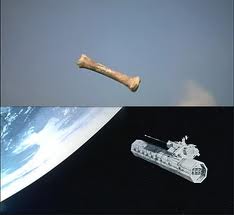
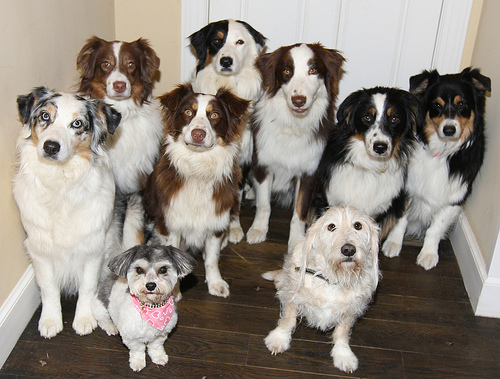
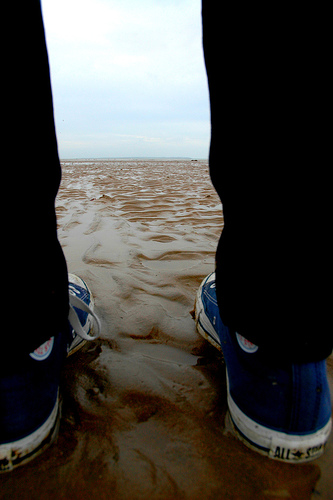

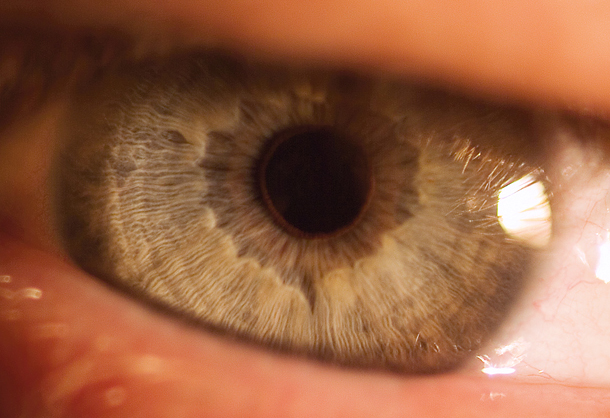
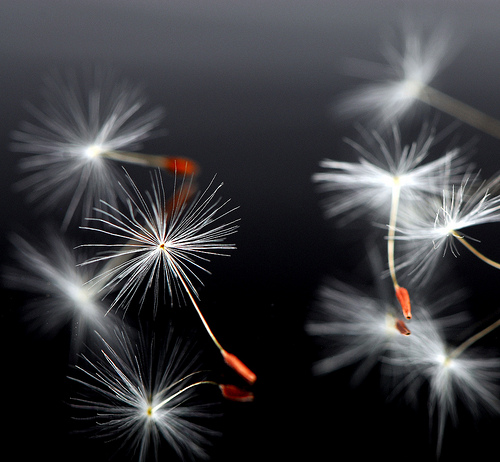
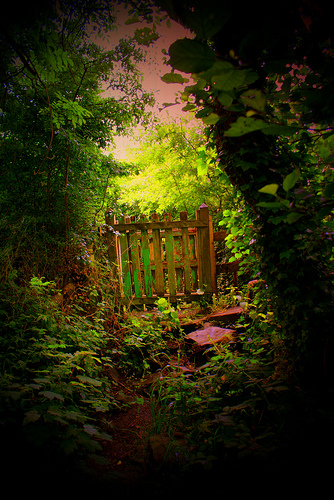




This is way cool! I love that you pointed this technique out and gave us examples of how to use it. I feel like any novel could benefit from implementing visualization techniques like this. Very nice!
Excellent post. Thanks! I didn’t know it was called a match cut. I’ve found this to be extremely useful as a transition for action/time/setting or POV, and either continue the mood or dramatically shift the mood. It’s seductive, though, and very easy to over-use.
I’d never heard of a match cut before, and I’m happy to say this is my new thing learned today. A great idea, and I can’t wait to use it.
There are so many different techniques writers can use to visually get across a concept and having a great selection of camera shots just means a writer can choose one that will best fit the needs of that moment in a scene. The match cut is great because of the way a motif or image can mean more than one thing, so I hope it will give writers some creative ideas!
Thanks for this post.. Will begin to apply them to my books….